ECB raises the three key interest rates by 50bps today as expected. The main refinancing, marginal lending, and deposit rates are 2.50%, 2.75% and 2.00% respectively. The Governing Council expects to “raise them further” based on “substantial upward revision to the inflation outlook”.
Also ECB noted that “keeping interest rates at restrictive levels will over time reduce inflation by dampening demand and will also guard against the risk of a persistent upward shift in inflation expectations.” Future policy decisions will continue to be “data-dependent”, following a “meeting-by-meeting approach”.
Reinvestment under the APP purchases will continue until the end of February 2023. The portfolio will then decline at a “measured and predictable pace” subsequently, amount to EUR 15B per month on average until Q2 2023. Reinvestment under PEPP will continue at least until the end of 2024.
Based on new economic projections, inflation is expected to reach 8.4% in 2022, then fall to 6.3% in 2023, and then 3.4% in 2024, and 2.3% in 2025. Core inflation, excluding energy and food, is projected to be at 3.9% in 2022, 4.2% in 2023, 2.8% in 2024, and then 2.4% in 2025. The economy is projected to grow 3.4% in 2022, 0.5% in 2023, 1.9% in 2024, and then 1.8% in 2025.
Full statement here.




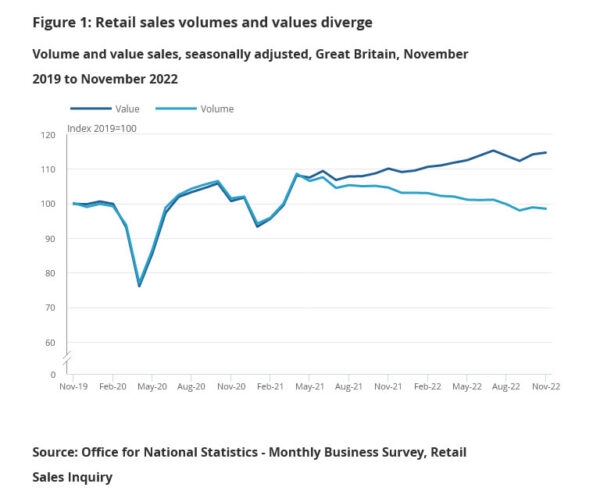
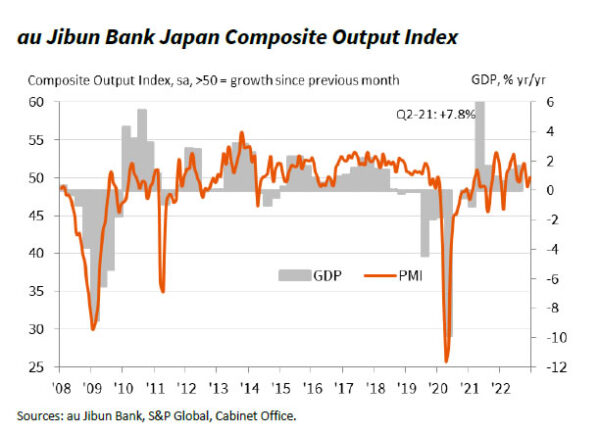
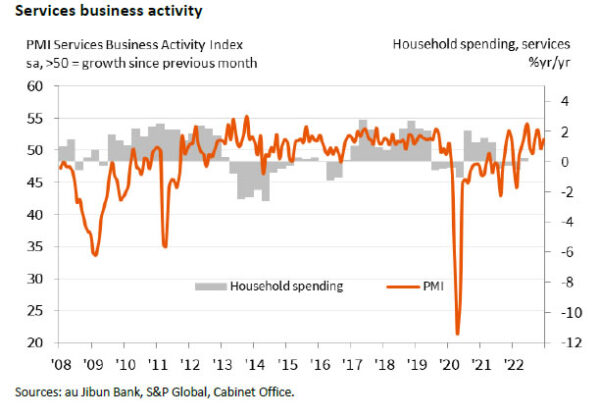
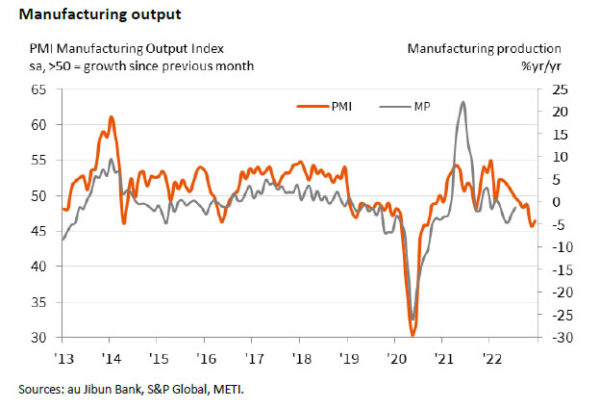
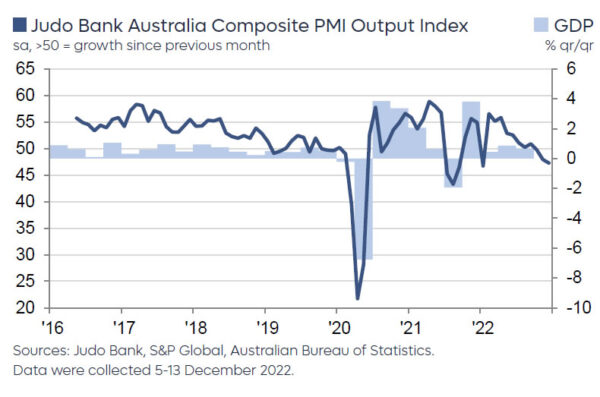
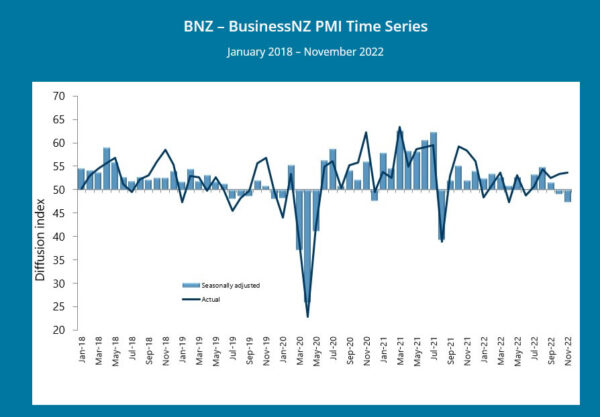
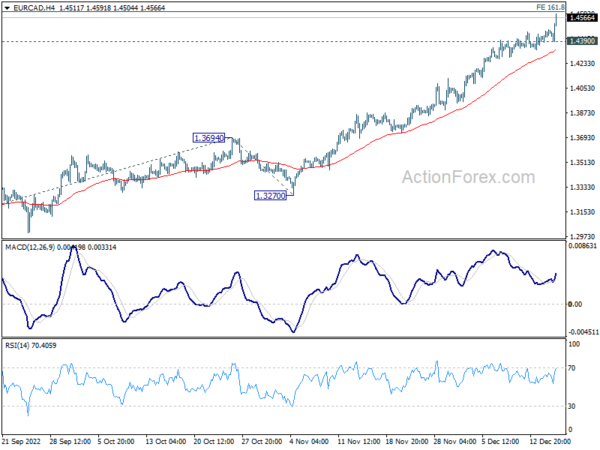
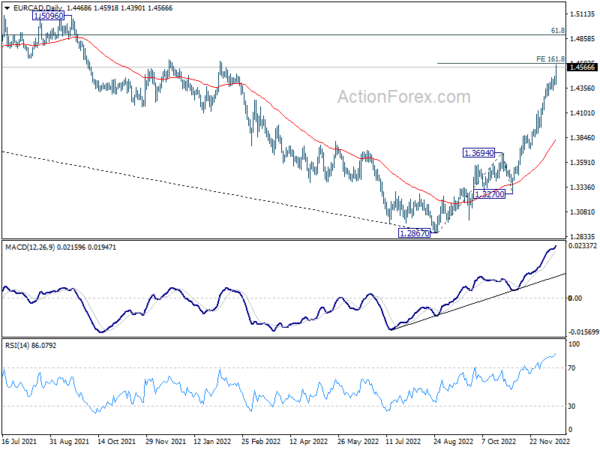
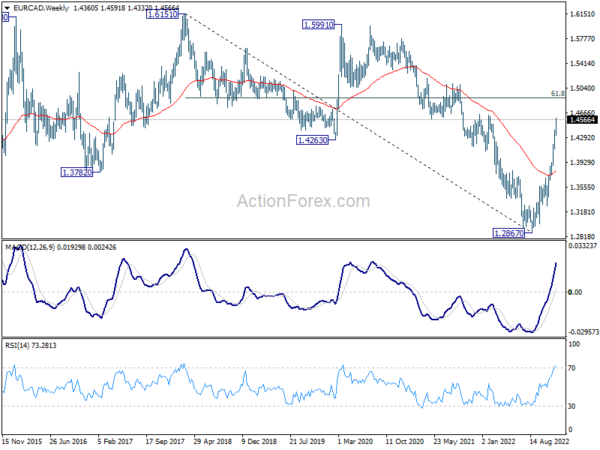

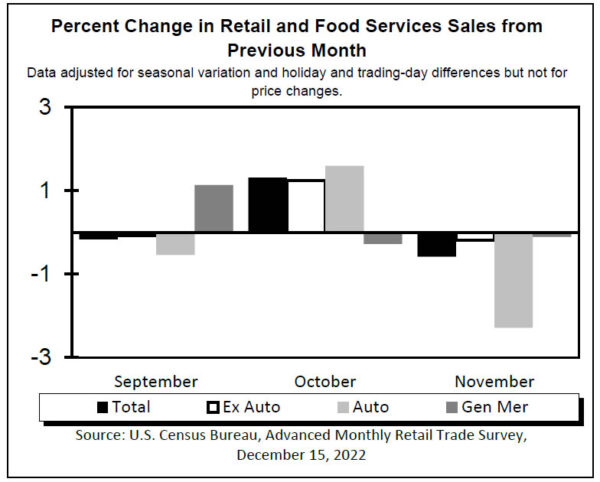
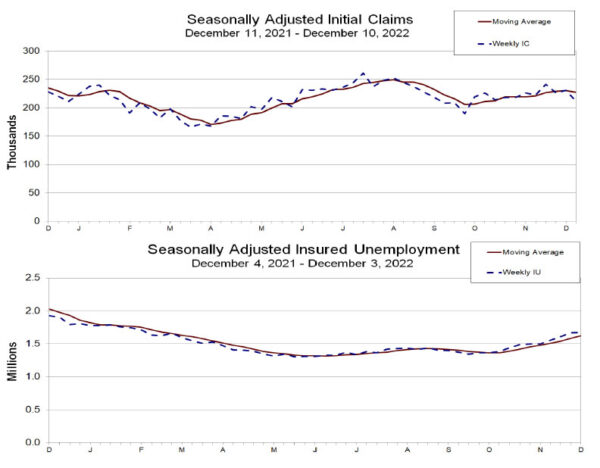
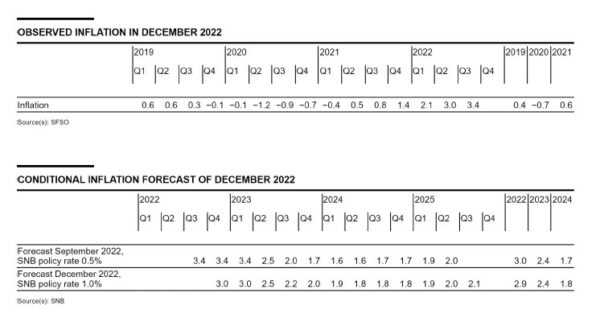
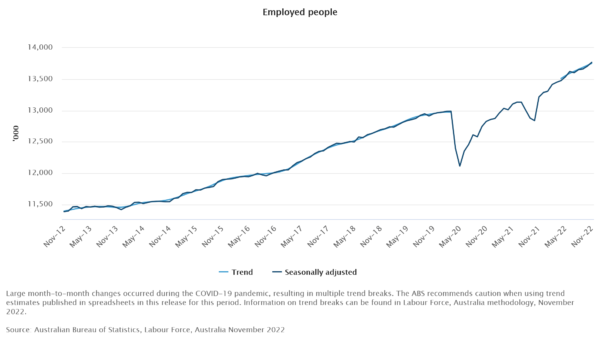

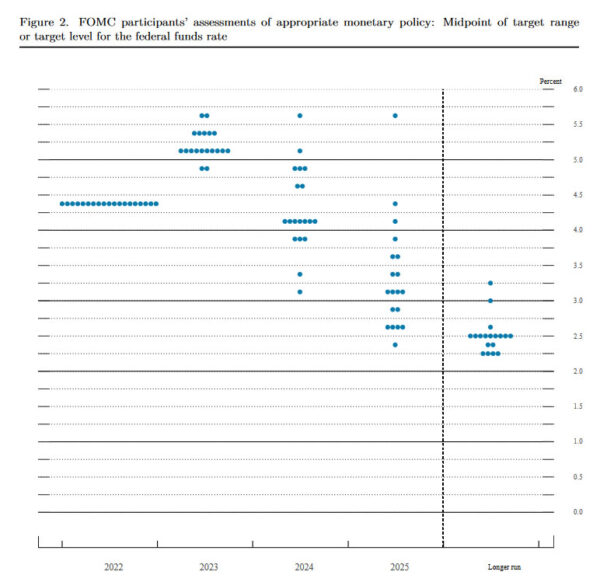
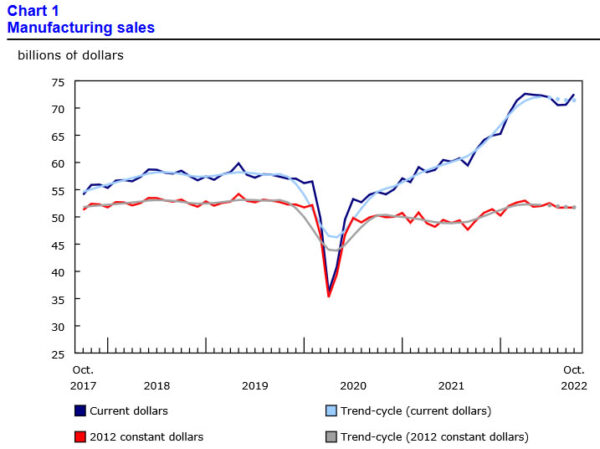
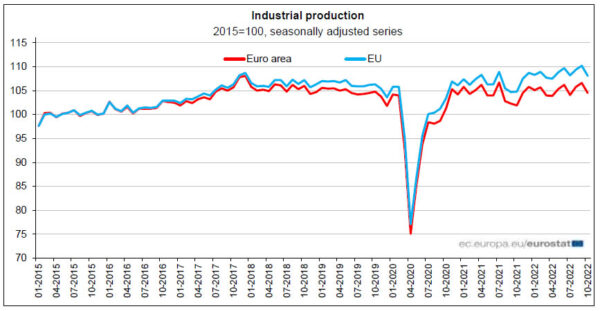

Bundesbank expects no severe economic slump in Germany
Bundesbank projects that the German economy will contract -0.5% in 2023, then grow by 1.7% in 2024 and 1.4% in 2025. President Joachim Nagel said, “Economic output is likely to shrink initially, but we expect a gradual recovery from the second half of 2023… Compared to the June projection, the rate of change of GDP for 2023 has been revised significantly downwards.”
HICP inflation is projected to decline to 7.2% in 2023, then to 4.1% in 2024, and 2.8% in 2025. HICP excluding energy and food is expected to increase slightly to 4.3% in 2023, then gradually decline to 2.9% in 2024 and 2.6% in 2025. .
Full release here.